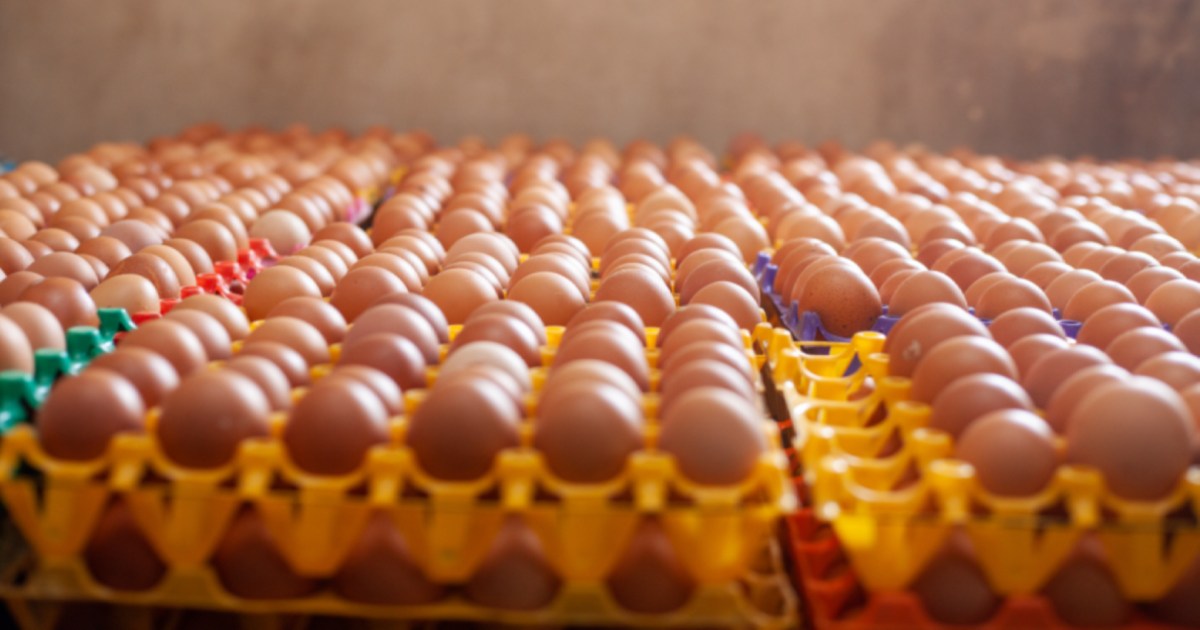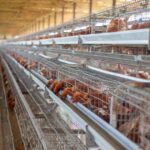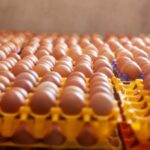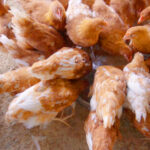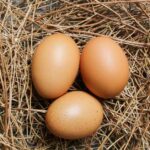Ever wondered why hens don’t lay eggs every single day without a break? They lay in clutches. A clutch is a series of eggs laid in a row before taking a well-deserved rest.
Egg Formation
Egg formation in birds follows a structured process within the reproductive system, particularly the oviduct, and is closely linked to clutching behaviour which is the pattern of laying multiple eggs in succession.
- Ovulation – A mature yolk (ovum) is released from the ovary into the oviduct. This typically happens once per day in laying birds.
- Fertilization (if applicable) – If sperm is present, fertilization occurs in the infundibulum before the yolk moves further down the oviduct.
- Albumen Addition – In the magnum, layers of egg white (albumen) are secreted around the yolk.
- Membrane Formation – In the isthmus, two shell membranes are added around the albumen, providing structural support.
- Shell Formation – In the uterus (or shell gland), calcium carbonate is deposited, forming the hard shell. This process takes about 18–20 hours.
- Laying – The completed egg moves to the cloaca and is laid, typically in the morning.
Birds that exhibit clutching behaviour lay a sequence of eggs daily or every other day until reaching a predetermined number (the clutch). Once the clutch is complete, incubation begins, triggering hormonal changes that suppress further egg production until the next cycle.
- The clutch size varies by breed, with commercial layers producing the largest.
- Rest days are natural pauses before starting a new cycle.
- Factors like age, season, diet, and water impact egg production.
In business and investing, the same principle applies. Cycles matter. Growth comes in phases, with strategic pauses to refuel for the next big leap. Whether you’re managing a farm or an investment portfolio, understanding natural rhythms is key to sustained success.
